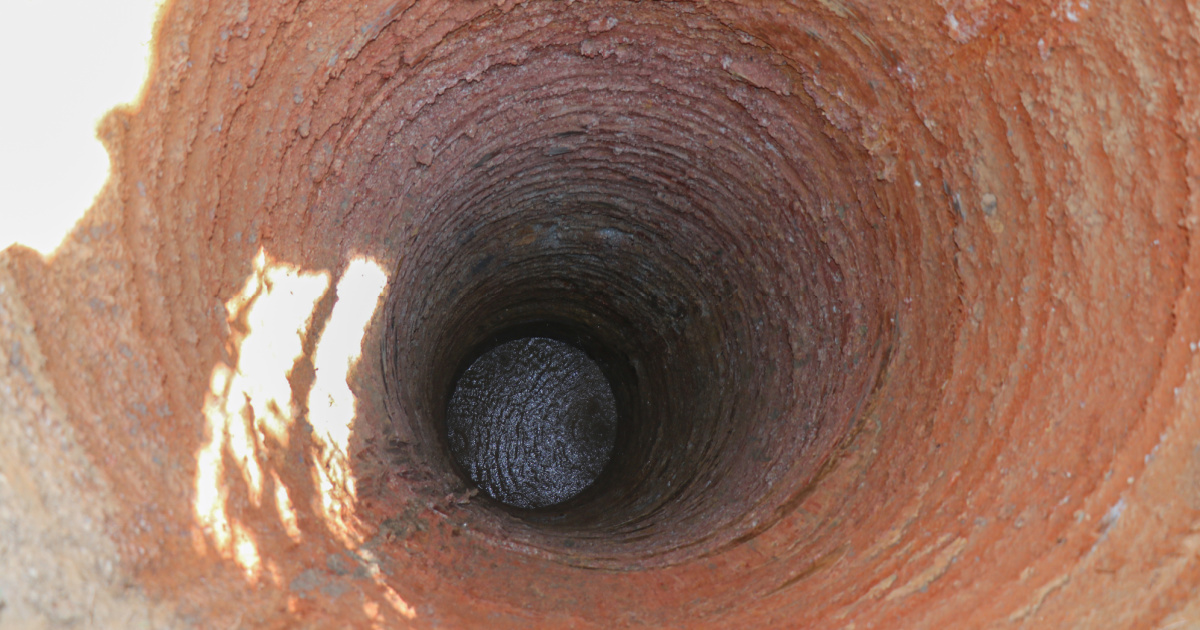
Since most of us have been kids, we’ve wondered if we could dig a hole deep enough to get all the way to China (if you’re from the States).
I imagine kids in other countries have similar ambitions.
But could you really drill a hole through the Earth?
Various teams have attempted the feat. China recently began attempting the deepest hole in the country, aiming for 32,808 feet into the Earth.
They’ll dig through 10 layer of rock, hoping to reach sediment from the Cretaceous Period and the Cretaceous System, dating to 145 million years ago.
While impressive, though, Russia holes the record for deepest borehole ever with it’s Kola Superdeep Borehole going 40,230 down.
That team found that the rock down there are wetter than expected, and found igneous and metamorphic granite instead of basalt, which is what they thought would be there.
This was evidence for plate tectonics, which had only been accepted as a theory recently.
Still, even the Kola borehole didn’t come close to the Earth’s lithosphere (crust) or its mantle.
On land, the Earth’s crust is (on average) around 19 miles thick. Under the ocean, it’s only around 4.3 miles thick, but that doesn’t mean it’s easier to get through.
Complications like keeping the drill steady at such depths are honestly almost insurmountable, at least at the moment.
Then again, nightmares are going to be the norm for anyone trying to tunnel through the intense pressure and heat bubbling under there.
Doug Wilson is a research geophysicist and says for every 10 feet you drill, the pressure will multiply.
The center of the Earth is about 3,960 miles down, so you’re talking about 1,179,423,669,639,374,797 hectoPascals (hPa) of pressure to be precise, where standard pressure at sea level is 1,013 hPa.
Enough pressure to turn the human body into soup.
Yum.
Another major issue is the temperatures the machinery will have to withstand – up to 9,392°F at the core.
This isn’t possible with our current technology, and Wilson and others believe it might not ever be.
The inner core is more liquid than solid, due to intense pressure. If you could get through that, you would experience weightlessness at the core.
Then, of course, you get to face all the same troubles on your way up the other side.
Honestly, I’m not sure it sounds worth it.
But hey. You do you.
If you think that’s impressive, check out this story about a “goldmine” of lithium that was found in the U.S. that could completely change the EV battery game.